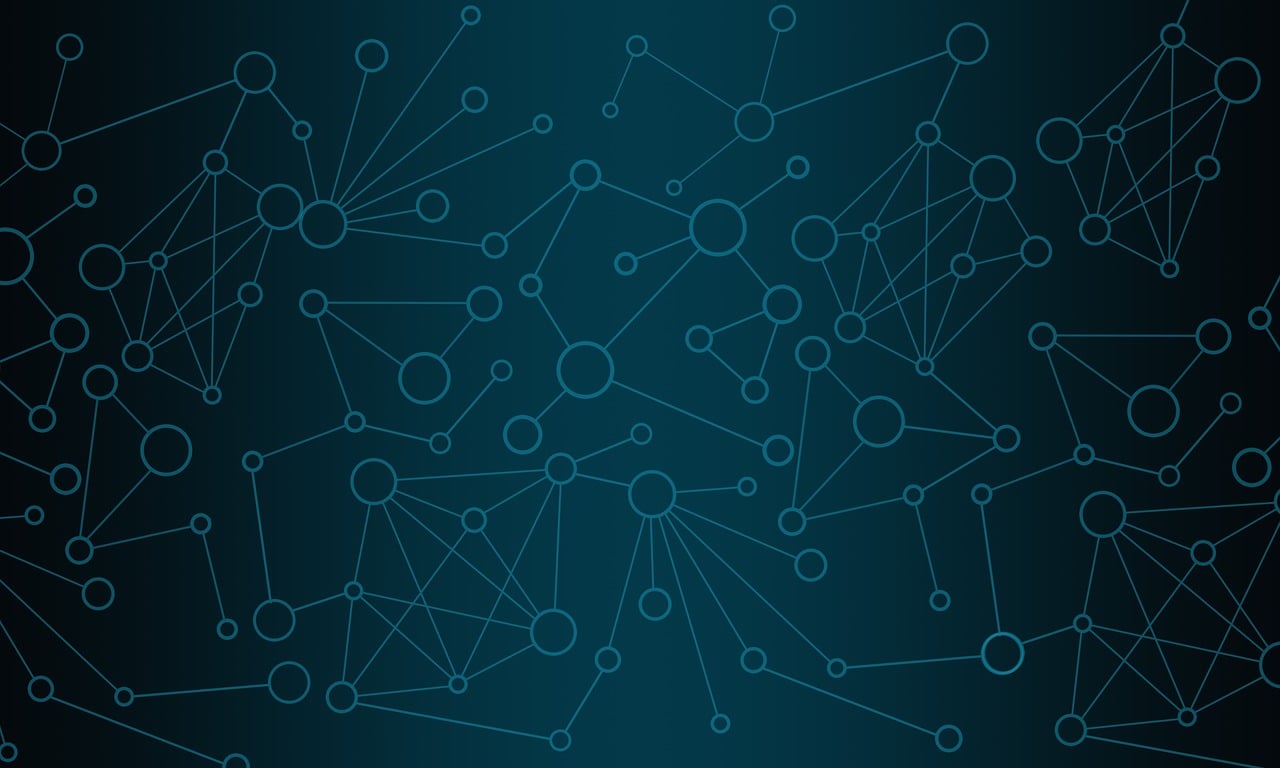Last night I watched a fascinating documentary on the ABC called How Kevin Bacon Cured Cancer.
The title of the show alludes to the humourous yet intriguing trivia game Six Degrees of Kevin Bacon, which itself is based on the urban myth Six Degrees of Separation. In the game, players try to connect random movie stars to Kevin Bacon in as few steps as possible.
Take Cate Blanchett for example. Cate was in the movie The Shipping News with Deborah Grover, who was in Where the Truth Lies with Kevin Bacon. Cate therefore has a “Bacon number” of 2.

Alternatively, Deborah Mailman was in Lucky Miles with Don Hany, who was in The TV Set with Kathryn Joosten, who was in Rails & Ties with Kevin Bacon. Deborah therefore has a Bacon number of 3.

Try it yourself at The Oracle of Bacon.

Small-world networks
Networks that have a small average shortest path length between nodes, along with high clustering coefficients, are known as “small world networks”.
The Six Degrees myth prompted Duncan Watts of Columbia University and Steven Strogatz of Cornell University to mathematically analyse a range of real-world networks. Their paper demonstrated that the nervous system of a worm, the power grid of the western United States, and yes, the Hollywood filmerati, are all examples of small-world networks. In fact, many systems in the real world are small-world networks.
A common characteristic of small-world networks are “hubs” – those relatively few nodes that have relatively high numbers of connections to other nodes.
Applicability to e-learning
Network theory has been applied to activities as diverse as epidemic control and counter terrorism. I wonder if it can also be applied to e‑learning?
Leaving the obvious (Facebook) aside, let’s consider blogs. Individual blogs frequently link to other blogs, creating the network that we call the “blogosphere”.
If we analyse the blogosphere through the lens of network theory, can we identify the hubs and, by inference, isolate the key sources of knowledge? Should those (relatively) few blogs then be the ones you put into your blogroll?
I’m sure there are countless more potential applications of network theory to e-learning. It’s certainly an avenue worthy of further exploration.